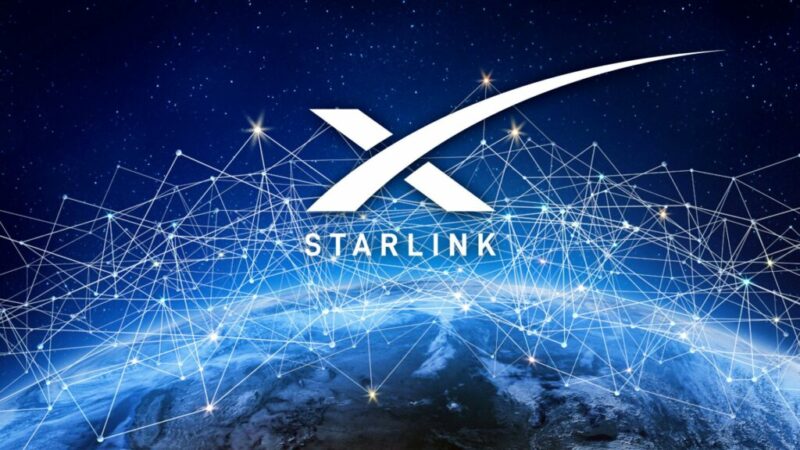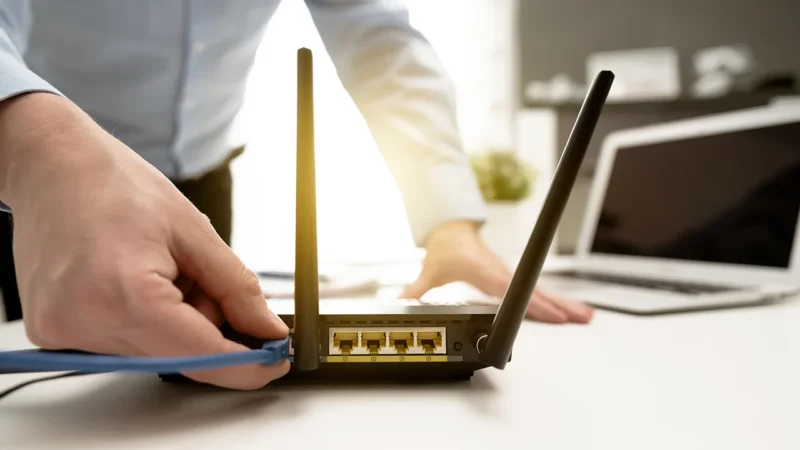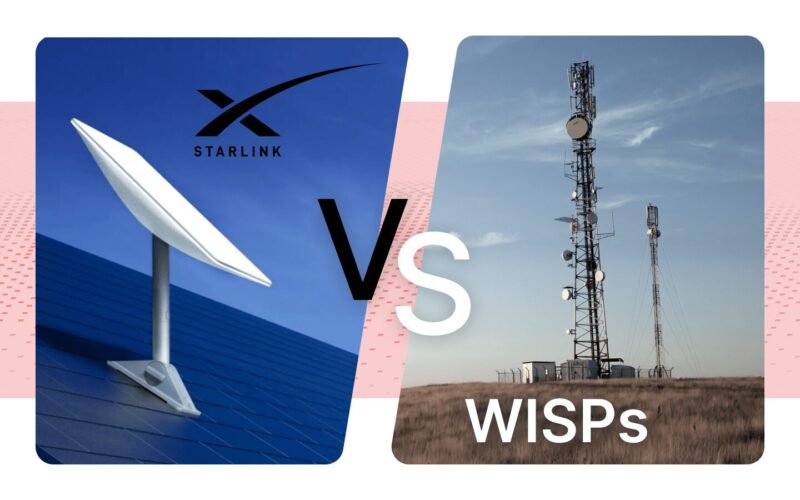Choosing between Starlink and traditional ISPs can feel overwhelming. Both options have their own strengths and weaknesses, making the decision harder for customers who want reliable internet service. Starlink has generated interest as a new player, while traditional ISPs have long been the backbone of internet connectivity in the country. However, the real question lies in which one offers the better option for your needs.
Let’s look at both Starlink and traditional ISPs to see how they compare in speed, reliability, coverage, and overall performance.
Key Points:
- Starlink offers new satellite-based technology.
- Traditional ISPs use fiber and DSL technology.
- Speed varies between Starlink and usual ISPs.
- Coverage is a major difference.
- Costs between the two can differ greatly.
Starlink Internet – A New Option

In the Philippines, internet connectivity has been a constant challenge. With geographic limitations, remote islands, and infrastructure issues, traditional ISPs have struggled to provide consistent service. Starlink presents a new opportunity for users to access fast internet, even in remote locations.
Starlink internet Philippines (visit here) based, available through providers like Data Lake, offers up to 350 Mbps, catering to businesses and users in hard-to-reach areas. Their solution help address some of the long-standing issues faced by traditional ISPs, especially for users who have struggled with slow speeds and poor connections.
Speed Comparison
One of the first things people look at when choosing between internet services is speed. Starlink, with its satellite-based network, promises up to 350 Mbps. This is significantly faster than some traditional ISPs, especially those offering DSL or lower-end fiber connections.
Traditional ISPs vary widely in terms of speed, depending on the type of connection offered. Fiber connections from conventional ISPs can compete with Starlink’s speeds, offering similar performance. However, the speed drops when using DSL connections, which are more common in rural areas.
Coverage Area

Starlink shines in areas where traditional ISPs have little or no presence, such as rural and isolated regions. Since it relies on satellite technology, Starlink doesn’t require physical cables to deliver internet service, making it a more flexible option.
Traditional ISPs, especially those offering fiber, usually have strong coverage in urban areas. However, in rural regions, traditional ISPs often fall short. Limited infrastructure means they cannot serve certain areas, leaving some customers without reliable internet.
Reliability
When comparing reliability, both Starlink and traditional ISPs have their pros and cons. Starlink’s satellite-based technology can be less reliable during bad weather or other atmospheric conditions. Interruptions can occur, especially in areas prone to heavy rains, a common issue in the Philippines.
Traditional ISPs generally offer more reliable service in urban areas, where fiber-optic networks are prevalent. Fiber connections from traditional ISPs are known for their stability, providing consistent service regardless of weather conditions. DSL, though, is less reliable, and users often face outages or slow speeds during peak times.
Cost Differences
Starlink’s satellite service comes with a higher upfront cost due to the equipment needed. The monthly fees can also be higher compared to traditional ISPs, especially those offering basic DSL or fiber packages.
Traditional ISPs tend to offer more affordable options, especially for customers who only need basic internet service. However, the cost of higher-speed plans from traditional ISPs can match or exceed what Starlink offers. For those in remote areas with few options, Starlink’s cost may be justified by the speed and coverage it provides.
Customer Support and Service

Traditional ISPs in the Philippines have been known to struggle with customer support, with reports of long wait times and unresolved issues. Starlink, being newer to the market, doesn’t have a long track record in this area, but it has been praised for its setup process and initial service.
That said, Starlink may face challenges as its user base grows. The company is expanding its service worldwide, and whether it can maintain its current level of support remains to be seen. Traditional ISPs have more experience in managing large customer bases, though their customer service reputation in the Philippines leaves much to be desired.
Installation Process

Starlink requires users to set up a satellite dish, which can be a straightforward process but still requires an investment in equipment. Once installed, Starlink can deliver fast internet with minimal further setup.
Traditional ISPs generally send technicians to install fiber or DSL connections. While the process may take longer, especially in remote areas, it doesn’t require the user to handle any complex equipment.
Final Thoughts: Which is Better?
Choosing between Starlink and traditional ISPs in the Philippines comes down to several key factors, including location, speed requirements, and budget. For those in remote areas with few other options, Starlink offers a reliable alternative, despite potential weather-related issues. Its ability to bring internet to hard-to-reach areas makes it an attractive option for many.
In urban areas, traditional ISPs still provide a strong service, particularly for users who rely on consistent speeds and more stable connections. Fiber-optic networks offer fast, reliable internet at competitive prices, making traditional ISPs a solid choice for many residents.

